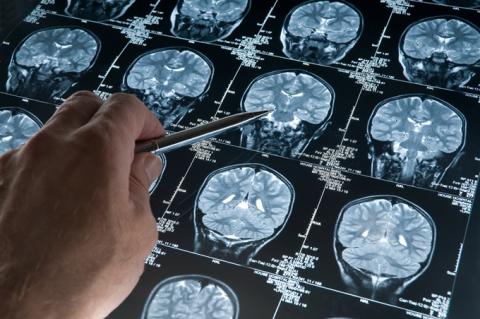Alzheimer’s not just one disease, scientists say
Cohen’s lab studies the mechanisms that link the aging process to late-onset disorders associated with toxic protein aggregation in cells. This latest research showed that the development of Alzheimer’s disease in certain families, and of a familial prion disorder in other families, originate from similar mutational patterns and malfunction of a specific protein.
“This study provides important new insights: first, it shows that the development of distinct neurodegenerative disorders stems from a similar mechanism,” said Cohen. “More importantly, it indicates that Alzheimer’s disease can emanate from more than one mechanism, suggesting that it is actually a collection of diseases that should be classified.” He suggested that successful Alzheimer’s therapies have not been created because clinical studies have failed to distinguish between study patients with Alzheimer’s symptoms. “It is essential to carefully characterize and classify the mechanisms that underlie Alzheimer’s disease, in order to allow for the development of novel therapies that can be prescribed to the individual patient according to their relevant disease subtype,” said Cohen.
The paper was co-authored by scientists from the Institute for Medical Research Israel-Canada, Hebrew University-Hadassah Institute for Dental Sciences, Tel Aviv University and the US National Institutes of Health.

